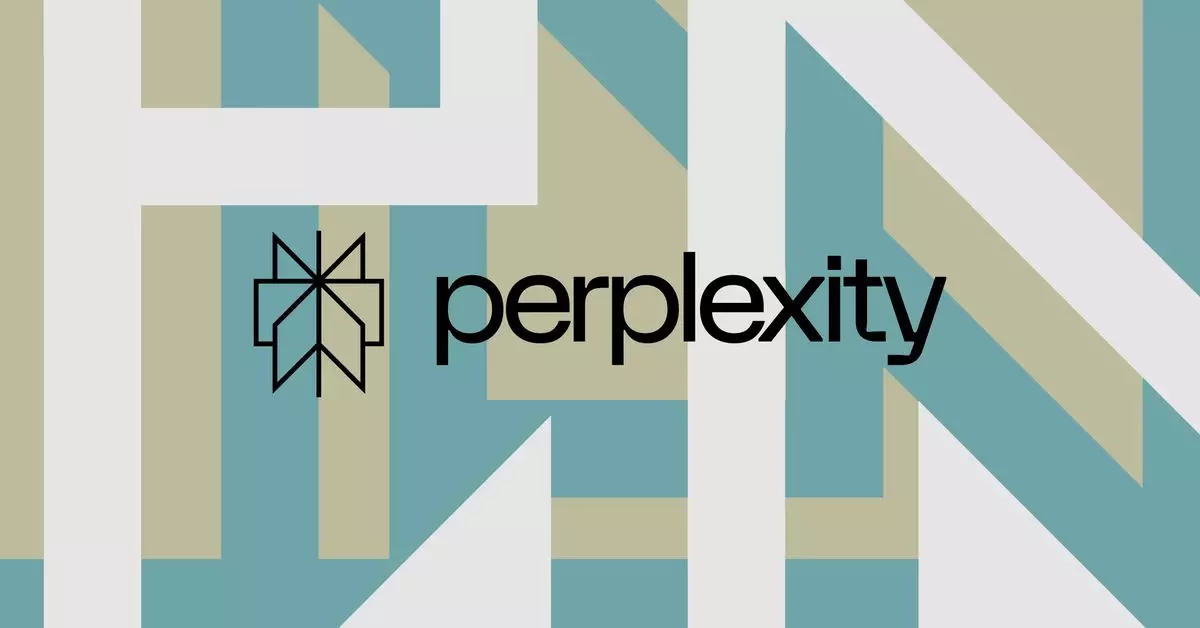As the landscape of digital technology continues to evolve at a breakneck pace, the intersection of artificial intelligence (AI) and traditional media is becoming increasingly contentious. A noteworthy case that underscores this tension involves Perplexity, an AI startup that operates a search engine designed to aggregate and analyze public information. Recently, the company found itself embroiled in a legal dispute with News Corp, the parent organization of prominent news outlets such as the New York Post and The Wall Street Journal. This complex scenario raises crucial questions about authorship, copyright, and the future of news dissemination in the age of AI.
The Nature of the Dispute
At the heart of the lawsuit lies the accusation that Perplexity has been scraping content from various media sources without obtaining the necessary permissions. News Corp alleges that the startup’s search engine “copies on a massive scale,” effectively undermining journalistic integrity and business models that rely on original reporting. Perplexity’s response, however, challenges this perspective by claiming that such legal actions reflect an outdated mindset among traditional media organizations. The startup argues that facts should not be proprietary to any entity, as they are universally observable truths that belong in the public domain.
This legal battle strikes at the core of what constitutes ownership over information. While it is generally accepted that no company can claim exclusive rights over facts—events that have transpired or data that is publicly available—the debate intensifies surrounding the expression and presentation of those facts. News Corp’s lawsuit hinges on the assertion that while facts themselves cannot be copyrighted, their stylized presentation and the unique phrasing employed by journalists are protected under copyright law. This nuance becomes critically important in understanding the implications for both AI developments and journalistic freedom.
A Call for Collaboration
Perplexity’s public rebuttal highlights what the company perceives as a counterproductive and adversarial stance taken by media organizations against tech firms. Characterizing the current relationship as “fundamentally shortsighted,” Perplexity advocates for a more collaborative approach. The startup has even embarked on initiatives like a revenue-sharing program with various esteemed publications, showcasing its willingness to engage constructively with the media industry. Such partnerships could pave the way for a cooperative model that respects content creators while also embracing the efficiencies that AI can offer.
While the lawsuit continues to unfold, it encapsulates larger themes revolving around the integration of AI within media channels. The challenge lies in finding a balance between protecting creators’ rights and fostering innovation through technology. As AI continues to gain traction, this dialogue will be critical to shaping the future of information dissemination. What remains to be seen is whether traditional media can adapt to this new digital reality in a manner that promotes cooperation rather than conflict, ultimately benefiting both the industry and the consumers it serves.
The Perplexity vs. News Corp case serves as a defining moment in the relationship between emerging technologies and established media, urging stakeholders on both sides to rethink their strategies and foster a dialogue that could lead to sustainable solutions for the future.

